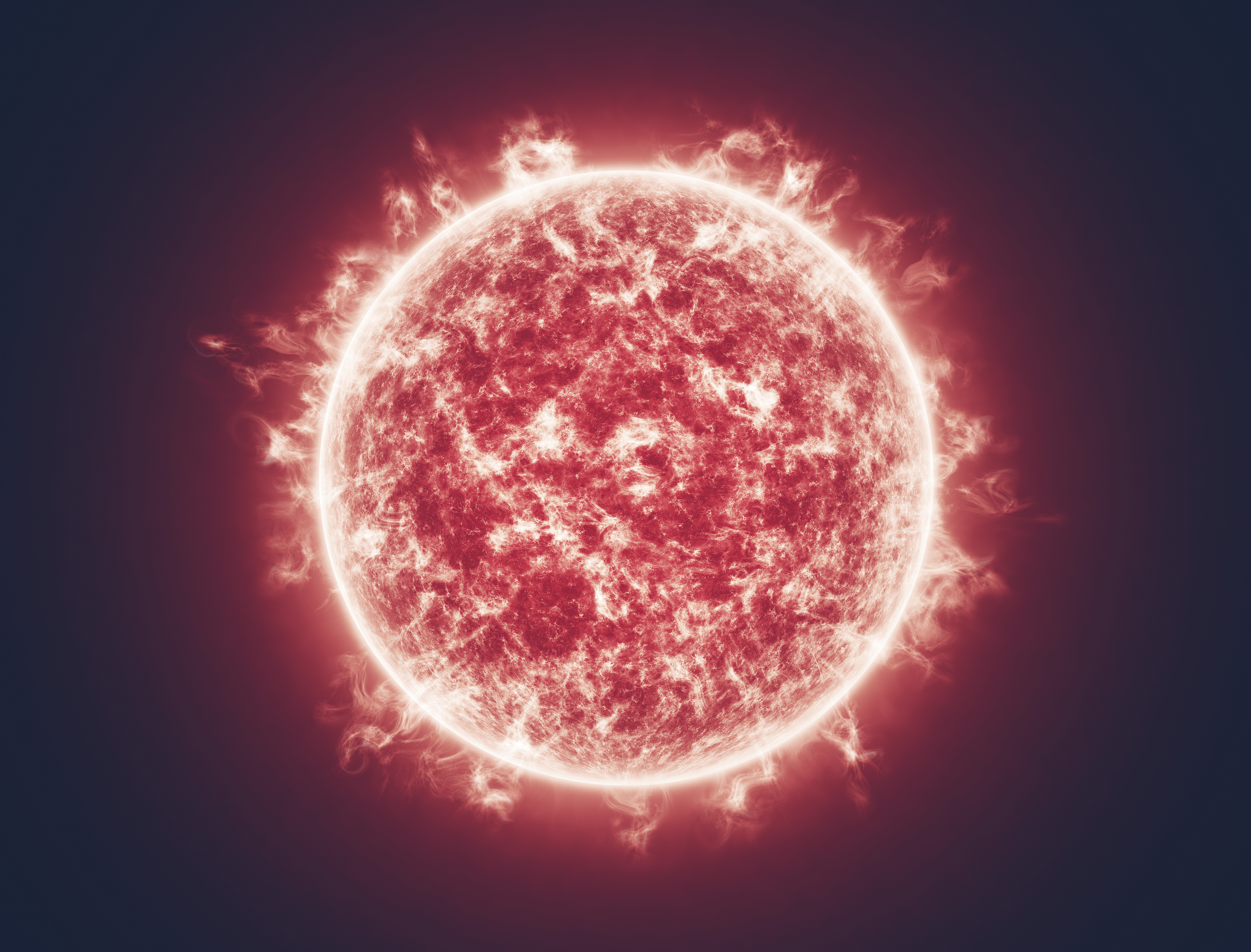

“What I’m most looking forward to is finding out whether all these dynamical features we see in the Extreme Ultraviolet Imager (coined campfires) can make their way into the solar wind or not. Together with data and images from Solar Orbiter’s other instruments, these could reveal more information about the miniature flares dubbed campfires that the mission revealed in its first images. Around perihelion, the name for closest approach to the Sun, Solar Orbiter will bring high resolution telescopes closer than ever before to the Sun. It will spend from 14 March to 6 April inside the orbit of Mercury. On 26 March, Solar Orbiter will be less than one-third of the distance from the Sun to the Earth, and it is designed to survive this close for relatively extended periods of time. Solar Orbiter towards the Sun: 1 January – 2 March 2022 The 15 minutes even includes the three and a half minutes that it takes for the signals to cross space between the spacecraft and the ground station. For example, the magnetometer data is processed and cleaned within roughly 15 minutes of it being recorded.

Even if no big event takes place there is still a lot of science that can be performed in analysing the evolution of the same packet of solar wind as it travels outwards into the Solar System.īecause of its position and relative proximity to Earth, Solar Orbiter has so far been able to stay in almost continual contact, beaming back large quantities of data.
FLYING TOO CLOSE TO THE SUN ORIGIN DRIVERS
Such ‘linkage science’ is one of the main drivers behind the Solar Orbiter mission. Solar Orbiter’s remote sensing instruments may also be able to pinpoint the origin of any event on the solar surface. This will allow them to join the dots of any space weather event as it crosses the 150 million kilometres between the Sun and the Earth. They will combine Solar Orbiter observations with those of other spacecraft operating nearer the Earth, such as the Hinode and IRIS spacecraft in Earth orbit, and SOHO, stationed 1.5 million kilometres away from Earth. This behaviour is known as space weather, and scientists can use today’s Earth-Sun line crossing to study it in a unique way. It carries the Sun’s magnetic field into space, where it can interact with planets to create aurorae and disrupt electrical technology.Magnetic activity on the Sun, often taking place above sunspots, can create gusts in the wind enhancing these effects. It would appear that, even 2000 years ago, teenagers thought they were invincible.The Sun releases a constant stream of particles into space. The drowned man was carried ashore by the current to the islandĪnd Apollodorus refers to him as infatuated, and draws attention to his disregard for his father's instructions:īut the infatuated Icarus, disregarding his father's injunctions, soared ever higher, till, the glue melting, he fell into the sea called after him Icarian, and perished. The ship of Icarus is said to have overturned, as he was a clumsy helmsman. Similarly, Pausanias speaks of his clumsy navigation: Icarus's fall is a warning about youthful carelessness, and shows the terrible consequences that can bring.ĭiadorus Siculus tells two versions of the story, both of which emphasize the recklessness of Icarus causing his downfall:īut when Icarus was disembarking onto the island in a reckless manner, he fell into the sea and perishedĪs for Icarus, because of the ignorance of youth he made his flight to far aloft and fell into the sea when the wax which held the wings together was melted by the sunĭiodorus Siculus, Library of History, 4.77.6 and 4.77.9 I think we can probably rule out the story being warning against flight, being that no one was building aircraft at the time, or for quite some time thereafter.


 0 kommentar(er)
0 kommentar(er)
